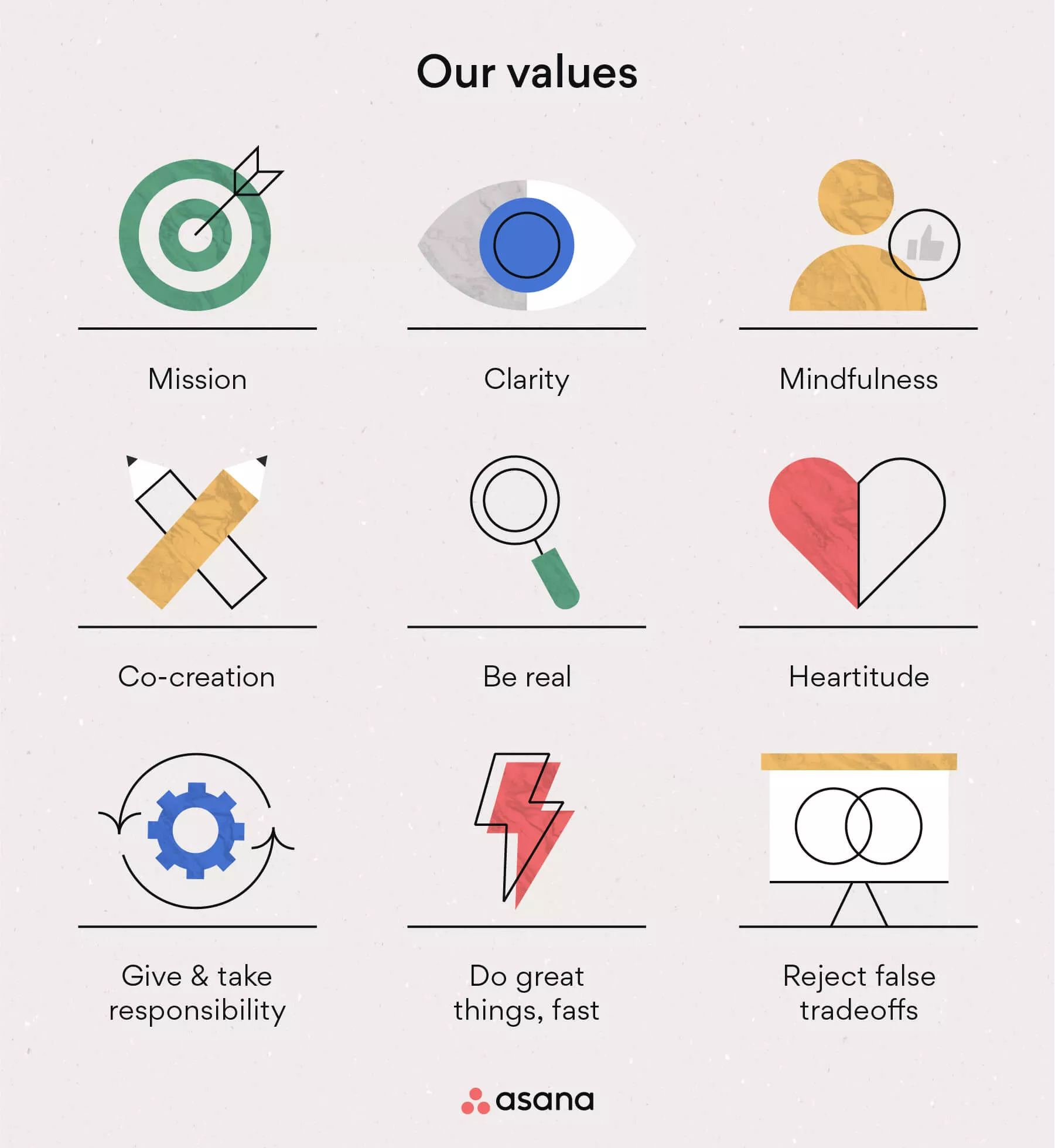Definition and challenges of company culture
Are you in charge of a company and keen to attract top talent? If the answer’s “yes”, then you must have a clearly-defined company culture. It will help you stand out from the competition, make your company easily identifiable, and strengthen your employees’ sense of belonging. Let’s start with the definition, challenges and essentials of a first-rate company culture!
What is company culture?
Companies sometimes overlook company culture which corresponds to the values, beliefs and behaviours shared by employees who work for the same organisation.
These values, beliefs and behaviours determine how employees and company management interact with each other, their business partners and their customers.
Company culture is often implicit. It’s not expressly defined and evolves organically according to the employees the company recruits.
However, explaining and highlighting it (on LinkedIn, via your website, etc.) can provide significant added value for your company. In the second part of this article, we’ll look at why you should leverage your company culture.
📌 Here are some examples of elements that define a company’s culture: dress code, office layouts, employee benefits, how employees and customers are treated, personal branding, etc.
What are the challenges of company culture?
Making the company attractive to third parties
A carefully researched, even innovative, company culture will make your company attractive to job seekers.
If a candidate is weighing your company culture against that of a competitor, and yours hits the right note, they’ll be more likely to choose you. That’s why it’s important to clearly display your company culture on your website and LinkedIn profile.
Is your website multilingual? We recommend that you automate the translation of this particular page, so all candidates can learn about your company culture, whatever their native tongue.
Attracting discerning, sought-after talent
As mentioned earlier, a well-thought-out company culture can become a top-talent magnet.
For example, on fashion retailer, Shine’s website is a page specifically dedicated to its project, values, CSR commitments, etc. On the “Values” page, it references solidarity being the “cement that holds teams together”, that being “humble is essential” and that “honesty breeds trust”.
By browsing this page, future talents may be more inclined to apply for a job at the company rather than approaching a competitor.
Improve employee retention
A well-thought-out company culture will allow you to:
- create a positive work environment
- build an engaged, enthusiastic and motivated workforce
- boost team morale on a daily basis
- improve employee performance and productivity
- achieve better end-of-year results
These will all contribute to improved engagement and employee retention. Put another way, one of the challenges of company culture is to create a conflict-free, reassuring work environment for all employees, so they want to stay with the company for as long as possible.
Clarify company objectives
In addition to uniting employees through common values, a company’s culture allows an organisation to clarify its objectives.
It will allow you to:
- develop clear and transparent in-house communication
- improve your working methods
- foster “employee advocacy “, a strategy aimed at mobilising and empowering employees, so they promote their employer via their social media
The key figure 🔎
Paying attention to your company culture is more important than ever. The accounting firm Deloitte found that 94% of executives believe that a clearly-defined and distinct company culture is important for a business’s success.
The five main elements to ensure a meaningful company culture
1. The vision and mission(s)
You’ll need to define a clear corporate vision when establishing your company culture. It will motivate, inspire and guide your company’s employees. In other words – it sets the scene.
A vision statement just needs one or two impactful sentences. IKEA’s vision, for example, is: “To create a better everyday life for as many people as possible… from the communities where we source our raw materials to the way our products help our customers live a more sustainable life at home.”
You’ll also need to lay out your company’s mission. For example, Nike’s mission statement is: “To bring inspiration and innovation to every athlete* in the world. (*If you have a body, you are an athlete).”
2. Values
To create a healthy company culture, you must define your organisation’s values. These act as a compass for employees and should reflect your organisation’s unique qualities.
Common company values include fairness, reliability, integrity, excellence, teamwork…
To give you a concrete example, here are software company, Asana’s values:

3. Workplace location and working hours
The workplace location and working hours are increasingly important factors for employees. This is why they’re an integral part of company culture.
Employees are increasingly looking for freedom and flexibility. While some companies are increasing remote working, others are backtracking and asking employees to spend more time at the office to, for example, boost team cohesion. Whatever a company’s take on this is, it’s an integral part of the company culture.
Similarly, working hours are a make-or-break issue for existing and potential employees. Indeed, younger employees are more concerned about the number of hours in their working week, whether those hours are flexible, etc. Some companies have reduced working weeks from five to four days, without cutting salaries.
This is popular with many employees, who in turn tend to work harder during their four-day week. And then there are the company’s numerous employee benefits:
- 100% remote working
- self-management of working hours if remote working isn’t an option
- employees with permanent contracts can become company shareholders…
All these best practices, which form part of manufacturing company Pimpant’s company culture, improve employee retention and attract top talent.
4. Company history
Every business has a story to tell. And that story is an integral part of its company culture. Your story should answer two questions:
- How did the company come about?
- Who founded the company?
The company could have been inspired by the time you found yourself in a tricky situation, the aftermath of events during a family get-together, or the need for a service that didn’t exist…
To explain and prop up your company’s history, we recommend you draw on your storytelling skills.
5. Company culture codes
These codes or “rules of conduct” are generally inspired by the company’s values. For example, if a value is “respect” the corresponding code could be “don’t make fun of or discriminate against anyone”. The dress code, language, spatial boundaries and interactions should respect these codes, so the company evolves in the best possible way.
Company culture: the key takeaways!
Over the years, company culture has become an essential tool for ensuring an organisation’s success and growth.
It encompasses the values, beliefs, objectives and good practices specific to each company. These elements all directly impact employee and management behaviour.
Here are the key elements of company culture:
- the vision and mission(s)
- the values
- workplace location and working hours
- the company history
- company culture codes
So now you’re up to speed on the implications and importance of company culture, let’s move on to the definition and benefits of Click & Collect.






